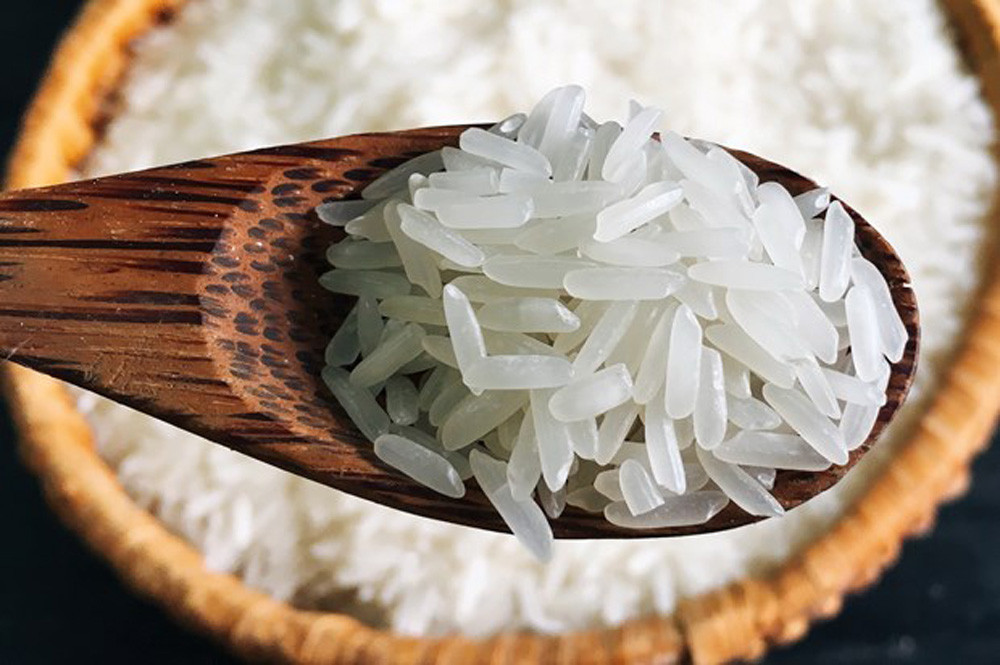
The world market has been reeling over the last three weeks, after India officially imposed a rice export ban. Besides India, other countries have restricted exports, while importing countries want to increase imports to ensure food security.
As a result, rice prices have been increasing in the world market daily. In Asia, prices have reached a 15-year high.
Thailand, the second largest rice exporter, has convened a meeting to discuss the impact of the price escalation caused by El Nino and the India’s rice export ban. The Thai Ministry of Trade has decided to set up an agency in charge of issues related to rice, especially rice prices.
Thailand, which has reduced the rice growing area to save water, still plans to export 8 million tons of rice in 2023, up 300,000 tons from last year’s 7.71 million tons.
At the beginning of the year, Indonesia began importing 2 million tons of rice under the national rice storage plan. The country is now increasing rice imports from Vietnam and other countries. In recent days, it has sought various measures to solve questions about supply.
The government of Indonesia is preparing 500,000 hectares of agricultural land to prepare for rice production amid the long-lasting drought caused by El Nino.
The Philippines is a big importer of rice and mostly buys rice from Vietnam. Filipino President Ferdinand Marcos Jr in late July expressed concern about the global food situation. Government officials of the country fear that the stored rice is enough for 39-day use instead of 60-day use as seen previously.
In August and September, domestic supply is low because it is the end of the harvest time. The government has encouraged private enterprises to push up imports to satisfy domestic demand.
However, rice is expensive at this moment. The Philippines in July only imported 116.200 tons, down 71.2 percent compared with the same period last year because of high prices.
Rice prices continue to escalate
Thailand’s 5 percent broken rice, considered the reference price in Asia, was traded at $651 per ton on August 10, the highest level since 2008.
Meanwhile, the Vietnam Food Association (VFA) reported that Vietnam’s 5 percent broken rice on August 10 reached a new peak of $638 per ton, while 25 percent broken rice $618, which meant a $20 per ton increase over the day before, and $105 per ton compared with the days before the India export ban was released.
The General Department of Customs (GDC) reported that Vietnam’s rice exports last July brought $362.7 million in revenue, up 6.4 percent over June 2023. As of the end of July, Vietnam had exported 4.9 million tons of rice, reaping $2.62 billion, up 20.1 percent in quantity and 31.4 percent in value over the same period last year.
The Philippines, China and Indonesia were the three biggest buyers of Vietnam’s rice. The Philippines continued to increase imports from Vietnam though it had lowered imports from other countries because of high prices.
Hoan, answering inquiries from the National Assembly Standing Committee, said that with the rice output, food security is ensured, while Vietnam will have 7-8 million tons of rice for export.
Food security doesn’t just mean an adequate supply of rice, but other food and foodstuff products as well, such as meat and fish, vegetables and other crops. However, rice is still considered the major product, accounting for 70 percent of households’ food and foodstuff consumption.
With 7 million hectares of land for rice farming, Vietnam can harvest 27-28 million tons of rice each year, according to Hoan.
Calculations show that Vietnamese consume about 29.5 million tons of unhusked rice a year, which means that Vietnam would still have 13.5 million tons of unhusked rice, or 7-8 million tons of rice, for export.
Vietnam also imports rice from India, but mostly for food processing and animal feed production. India’s ban on white rice exports will have little impact on the Vietnamese market.
Tam An